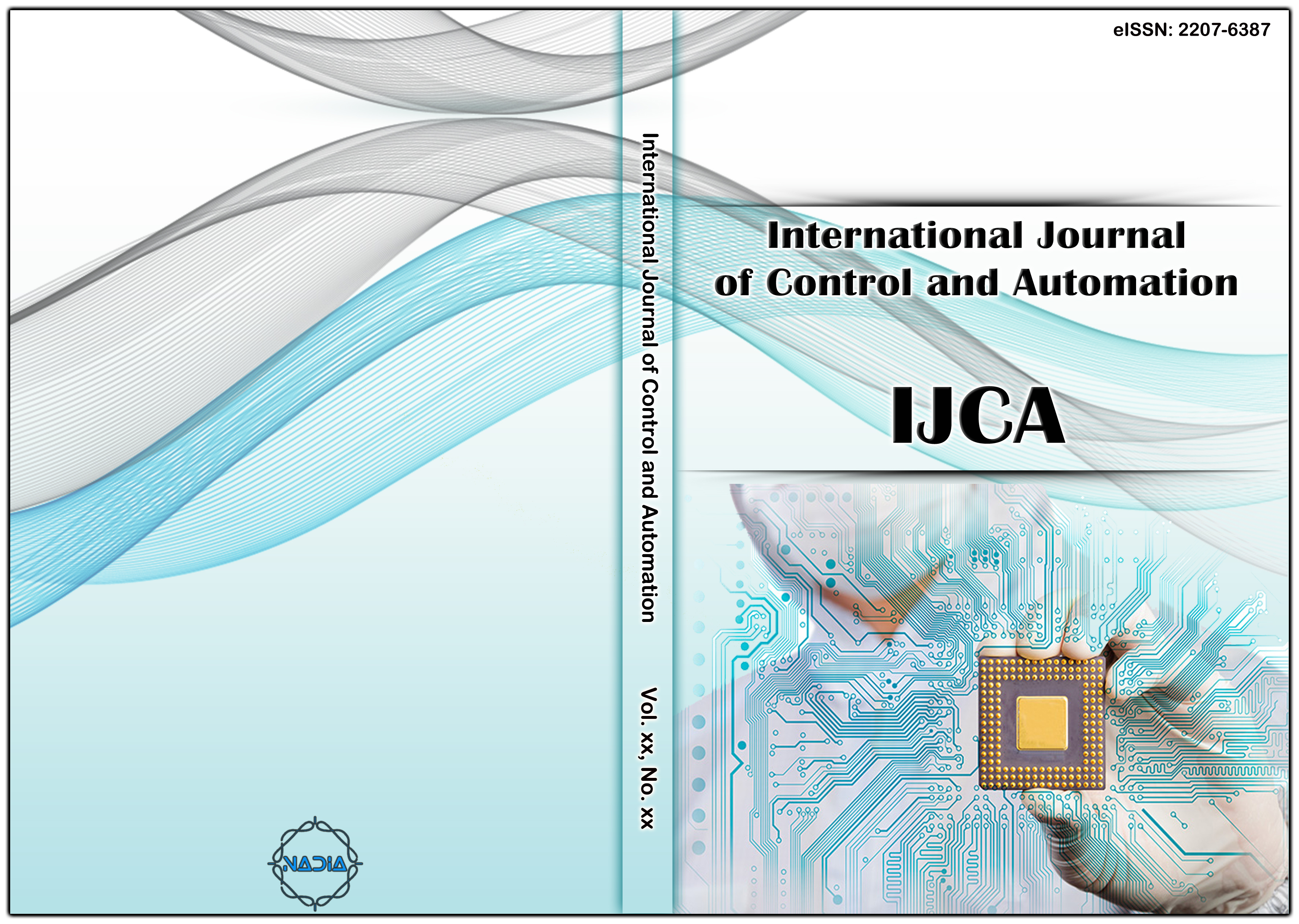[1] Andrea Arcuri "A Theoretical and Empirical Analysis of the Role of Test Sequence Length in Software Testing for Structural Coverage",IEEE VOL. 38, NO. 3, MAY/JUNE 2012.
[2] "Random Testing: Theoretical Results and Practical Implications" Andrea Arcuri, Member, IEEE IEEE TRANSACTIONS ON SOFTWARE ENGINEERING, VOL. 38, NO. 2, MARCH2012.
[3] Arcuri, “Longer Is Better: On the Role of Test Sequence Length in Software Testing,” Proc. IEEE Int’l Conf. Software Testing, Verification and Validation, 2010.
[4] "Are Longer Test Sequences Always Better? - A Reliability Theoretical Analysis" by Fevzi Belli1, Nevin Güler 2010 Fourth IEEE International Conference on Secure Software Integration.
[5] J.H. Andrews, A. Groce, M. Weston, and R.G. Xu, “Random Test Run Length and Effectiveness,” Proc. IEEE/ACM Int’l Conf. Automated Software Eng., pp. 19-28, 2009.
[6] G. Fraser and A. Gargantini, “Experiments on the Test Case Length in Specification Based Test Case Generation,” Proc. Int’l Workshop Automation in Software Test, 2009.
[7] B. Raveendranath Singh "Impact of Length of Test Sequence on Coverage in Software Testing", Special Issue of ICETEM Vol.2 , No.6.
[8] G. Vivek, R.C. Narayanan "Minimization of Test Sequence Length for Structural Coverage Using VLR" IJRIT , Volume 1, Issue 5.
[9] “Fundamentals of software Engineering” Rajib Mal 3rd edition, Eastern Economy Edition, ISBN-978- 81-203-3819-7.
[10] Software Engineering, A practitioner’s Approach- Roger S. Pressman, 6th edition. McGraw-Hill International Edition.
[11] V. Kecman, “Learning and Soft computing”, Pearson Education, India.
[12] Principles of Soft Computing- S N Sivanandam, SN Deepa, Wiley India, 2011.
[13] “The Unified Modelling Language Reference manual” Second edition by Ivar Jacobson, James R Rumbaugh, Grady Booch.
[14] “Unified Modeling User Guide” by Ivar Jacobson, James R Rumbaugh,Grady Booch.
[15] “Object Oriented Modeling and Design with UML” Second Edition by Michael R Blaha, James R Rumbaugh.
[16] K. Koteswara Rao, G. S. V. P. Raju and S. Nagaraj, “Optimizing the software testing efficiency by using a genetic algorithm: a design methodology”, ACM SIGSOFT Software Engineering Notes, vol. 38, no.3, (2013), pp. 1-5.
[17] K. K. Rao and G. S. V. P. Raju, “Developing optimal directed random testing technique to reduce Interactive faults-systematic literature and design methodology”, Indian Journal of Science and Technology, vol. 8, no. 8, (2015), pp. 715-719.
[18] K. Koteswara Rao and G. S. V. P. Raju, “Theoretical Investigations to Random Testing Variants and its Implications”, International Journal of Software Engineering and Its Applications, vol. 9, no. 5, (2015),pp. 165-172.
[19] 19. J. Ratna Kumar, K. Koteswara Rao and D. Ganesh, “Empirical Investigations to Find Illegal and its Equivalent Test Cases using RANDOM-DELPHI”, International Journal of Software Engineering and Its Applications, vol. 9, no. 11, (2015), pp. 107-116.
[20] 20 K. Koteswara Rao and G. S. V. P. Raju, “Random Testing: The Best Coverage Technique-An empirical Proof”, International Journal of Software Engineering and Its Applications, vol. 9, no. 12, (2015), pp.115-122.
[21] 21. K. Koteswara Rao, “Measuring the Function Points from the Points of Relationships of UML”, Computer and Electrical Engineering, ICCEE 2008. International Conference on IEEE, (2008).
